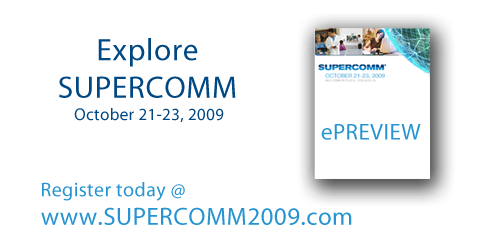
The combination of being rigid about keeping within the monthly data limits while being flexible about what to do if their data limit was reached was a powerful combination which took away the confusion about data usage that subscribers feel with other service providers. As proof of the impact of their self-service portal’s success, Telenet experienced a dramatic drop in customer service calls, as customers felt that everything they needed was already in their own hands. Customer service calls related to the service dropped 40% following the introduction of the self-service portal.
Because Telenet allowed their customers to see their data usage across the month on a day-by-day basis, their customers developed a rare understanding of how their internet behavior impacted their bandwidth usage. This meant that unlike most subscribers of most service providers who feel that data usage limits are confusing at best or unfair at worst, Telenet subscribers understand exactly what they are getting for their money. When customers reach their quota, many users opt to move to a “payment by MB” plan, which results in higher revenues for Telenet.
|
|
Because policy control can make anything happen on the network, based on virtually any event or stimulus, the potential for policy control to improve the customer experience is virtually limitless. |
|

boundaries. No-one wants to feel spied on, but everyone wants to be understood. So when the shop-owner says “Hello Mrs. Brown, how are you today? I’ve kept aside a loaf of rye-bread before we ran out, because I know you like that on the weekend. We’ve also got some more strawberries in today – I know you were disappointed we ran out yesterday”, he has taken what he sees about a customer’s behavior and turned that into a positive interaction. And as a bonus, he has up-sold that customer based on her individual tastes.
Taking that ideal customer experience and transposing it onto a mass-market service provider is entirely feasible. Every customer has a wealth of unmet needs. Finding out what those needs are is not as difficult as you may think. Every customer leaves a trail of clues as to what they want and what else they might buy from you, on the network itself.
|
|
|
|

It is case studies like these that show the potential that policy control has to improve the customer experience, but this is just the tip of the iceberg. Because policy control can make anything happen on the network, based on virtually any event or stimulus, the potential for policy control to improve the customer experience is virtually limitless. In fact the only thing that is holding back the industry is imagination.
What consumers want out of their customer experience is the equivalent of the old-fashioned local shop, where they go in and they’re greeted warmly by the shop-owner, they know exactly where things are and they are treated like the individual that they are. The old-fashioned shop-owner knows how to strike the right balance of giving personalized service without overstepping their
|
|

The trick is to automate and personalize the responses to these different clues. Your customer downloads X1; why not offer them X2 at a discount? Your customer keeps phoning Y country, so why not offer to upgrade them to an international calling plan? Your customers are overwhelmingly using YouTube and Facebook websites, so why not pro-actively speed up access to these websites?
This is just the beginning of a very exciting trend for policy control to throw off the mantle of enforcer and to become the focal point for positive customer interactions. As an industry, it may take us a little time to generate the equivalent of the old-fashioned shop-owner level of service. But finally the tools are here to do that, and a positive, individualized service is attainable for every customer.
|
|





